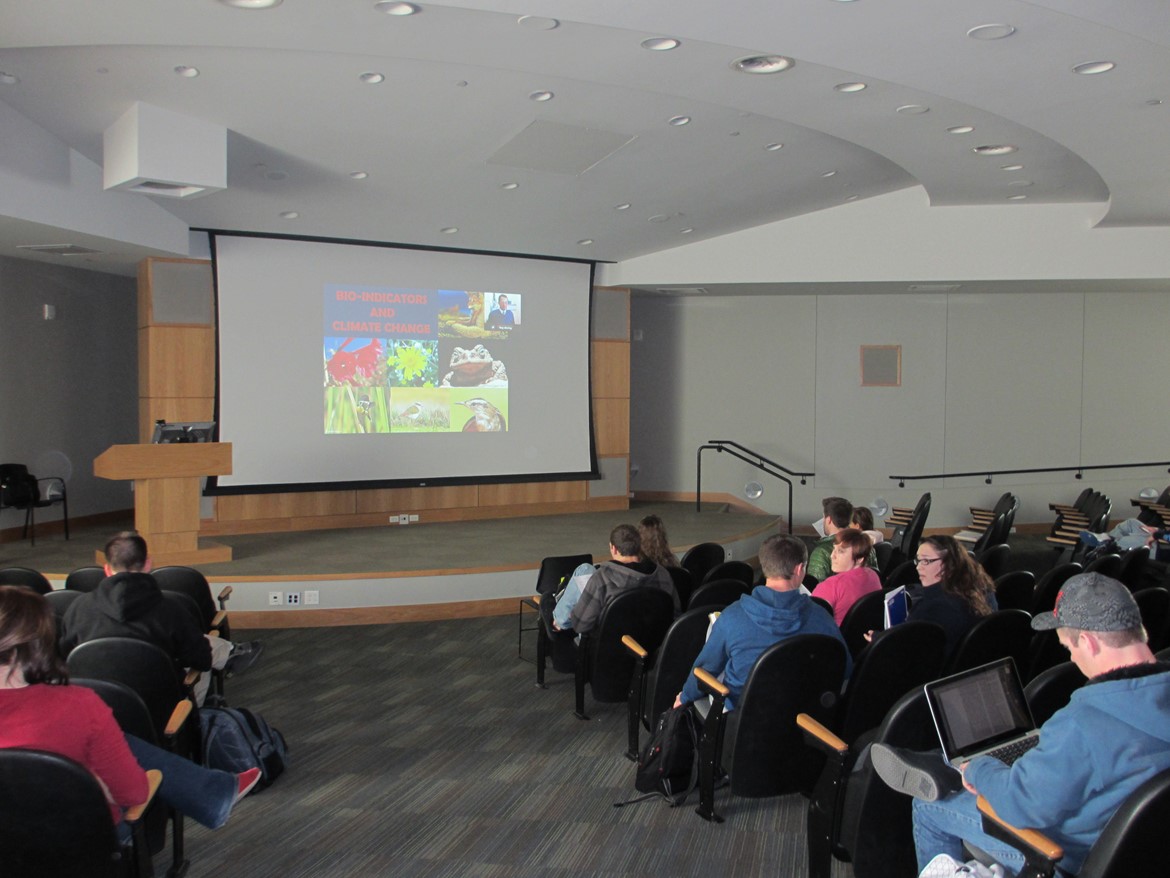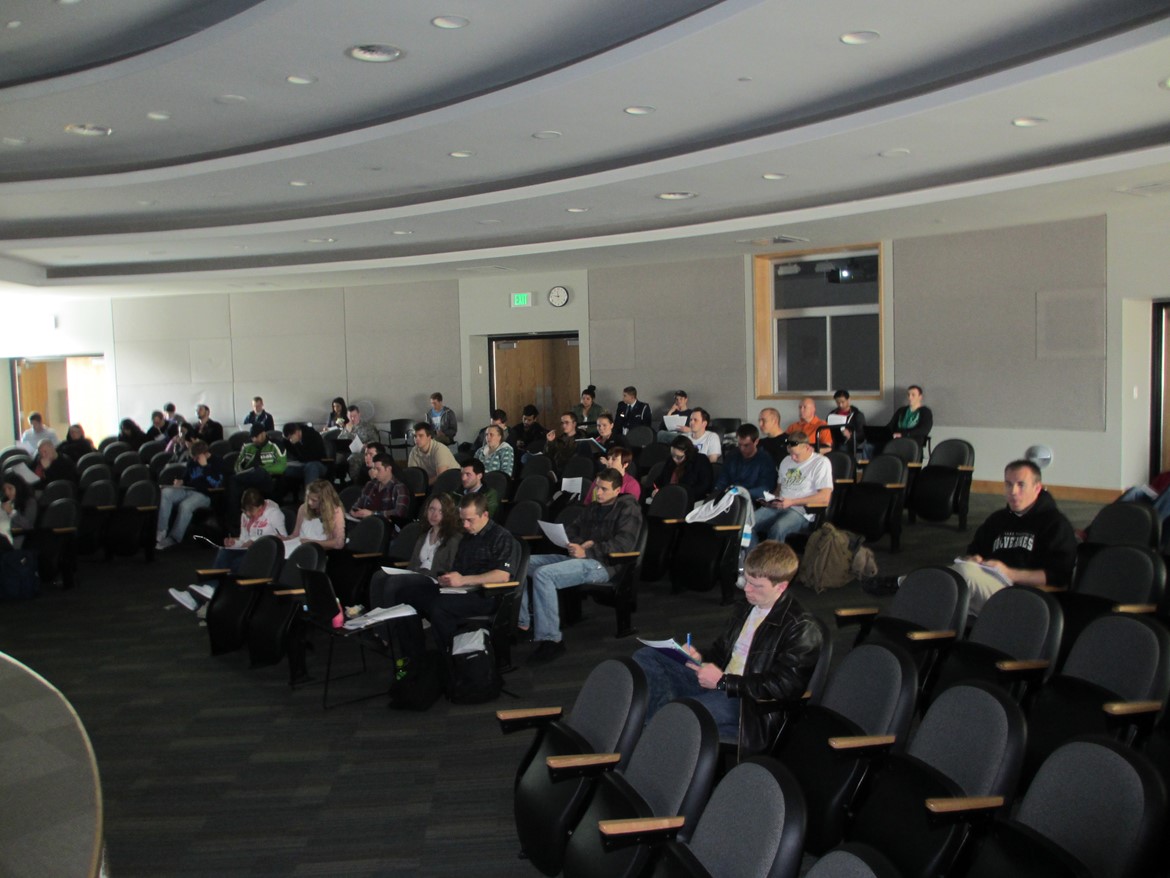
Background
The Andean mountains, understood as the contiguous mountain region of Argentina, Bolivia, Chile, Colombia, Ecuador, Peru and Venezuela, run over 8000 km, down the length of South America with an area of more than 2,500,000 km² (33% of total country area) and a population of almost 85 million (45% of total country population). The Andes are an incredibly diverse and heterogeneous area, in terms of cultures, biodiversity and economic systems. They are extremely important for the economies of the seven countries, providing agricultural area, mineral sources, and water (for agriculture, hydroelectricity and domestic use). Some of the poorest areas and with the most challenging living conditions exists especially in Peru, Ecuador and Bolivia. Some of the challenges include but are not limited to constrained exposure of mountain issues on national political agendas, economic resources, decentralization and opportunities for dialogue and action between national, regional and international levels.
Utah Valley University Initiatives
UVU has partnered with the Lake Titicaca Environmental Development Project and the Universidad Privada de San Carlos in Puno, Peru to set up a series of workshops in order to create awareness of sustainable mountain development, and joint ventures between the two universities. This past February 16th, UVU hosted a Skype seminar that engaged UVU students with Peruvian Environmental Engineer German Espinoza to work together on matters that need collaborative efforts. In preparation, UVU students from a Latin American Cultural class have been researching on various issues concerning sustainable development in mountainous regions that need traditional sound knowledge and data to be discussed. Seminar was a total success. Professor Espinoza lectured on the Bio-Indicators and Climate Change in Lake Titicaca, Puno, Peru. His research has been able to inspire students in their own research and will work together with German to further students’ research.
Professor Ulloa, Utah Valley University
***
Following is a summary of his presentation.
***
BIO-INDICATORS AND CLIMATE CHANGE
Professor German Espinoza
Peruvian Environmental Engineer and Director of Lake Titicaca Environmental Development Professor of Environmental Engineering at the University of San Carlos in Puno, Peru
Sponsored by UVU & Alianza para las montañas –February 16th, 2012

German Espinoza makes his presentation via Skype for the faculty and students at Utah Valley University
WHAT ARE BIO-INDICATORS?
Bio-indicators are animals, plants or other organisms whose presence, absence, behavior or physiologic state is closely related with certain circumstances in the environment. For example, the bio- indicators for climate change relate very closely with each other during a change in the climate.
TOTORA
The totora is an aquatic plant found in Lake Titicaca and distributed throughout Peru and Bolivia. Historically the totora has two periods, growth and aging. During its period of growth the totora is green, and when the totora ages it dries out. However, for some years the totora has been drying out quickly because of an increase in heat; the heat increase is causing the totorales to burn and sprout once more, at which point they again take in nourishment.
TOTOREROS
Totoreros are small birds that live in the totorales. What is important about these birds are their nests. They are elaborately made with algae, totora leaves and feathers. If the nest is built at a height of 20 cm of above Lake Titicaca’s water level, there will be a shortage of rain; on the other hand, if the nest is built at a height of 60 cm above the water level, the year will bring strong and prolonged rains with possible floods.
ANDEAN TOAD
The Andean toad is an amphibian that, some years ago, existed in abundance and was considered a bio-indicator because it began to croak at the beginning of the first rains. The reason for the decrease of this amphibian in our region is still uncertain, but it is possible that it is due to the climatic change – an event that, at the moment, is happening to amphibians throughout the world due to the sensibility of their skin to solar radiation
CENTINELA
The centinela is considered by farmers to be one the best bio-indicators. When their nests are made with small stones and sheep excrement, it signals icy conditions and hailstorms. When pieces of wire or safety pins are found in the nest, it is an indication of lightning storms. When the nests are built on mounds of straw, it signals intense rains. If the nest is located on the shore of the lake, it indicates drought. Finally, if the nest is constructed level with the ground, it shows that the drought will be prolonged.
ANDEAN FOX
The Andean fox is considered to be a bio-indicator which can predict the agricultural year. When this animal raises its young near the lake edge, it indicates less rainfall during the year, thus decreasing the lake’s water level. However, if the fox breeds in the hills, it signals that the rains will be strong.
KARIWA AND CANTUTA
Kariwa and Cantuta are considered good bio-indicators of rain. An abundant quantity of these flowers signals the beginning of the rainy season, which is generally in the month of August. If the flowers are scarce, then the rainy season will be delayed. Finally, if the flowers change their temperament early to deal with the cold, it’s an indicator that the cold season will be intense.
IMPACTS OF CLIMATE CHANGE ON THE LOCAL ECOSYSTEM
Environmental effect- In Lake Titicaca’s ecosystem, the totora is the habitat of most birds, fish, amphibians and other organisms, many of which are native to the region (like the flightless grebe). It provides them with refuge, food, and construction material for nests, among other necessities. The burning or flooding of the totora would mean the loss of a habitat for many species, possibly reducing them to endangered species numbers, or even to extinction. Economic effect- We can see from the previous examples that the totora is a valuable economic resource for farmers in this region – it is even used as feed for livestock after cultivated grasses have ran out. Totora can also be used as construction material to make rafts and houses, as well as making crafts and other goods. Losing the totora would cause a great economic loss and a social conflict.
FEATURES STUDY
For the farmers of our region, bio-indicators have proved to be a real source of climate forecasting for many years, and has even been more reliable that the local meteorological centers. Following bio indicators would allow better prediction and monitoring of a greater number of effects of climate change

Faculty and students at Utah Valley University during the Skype presentation

